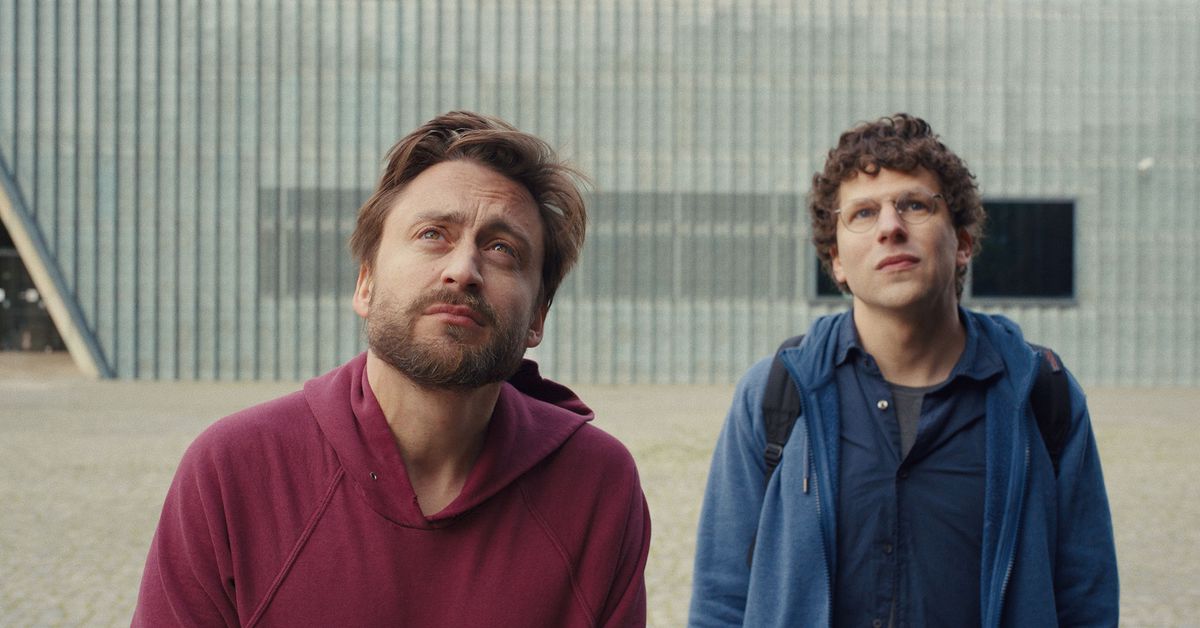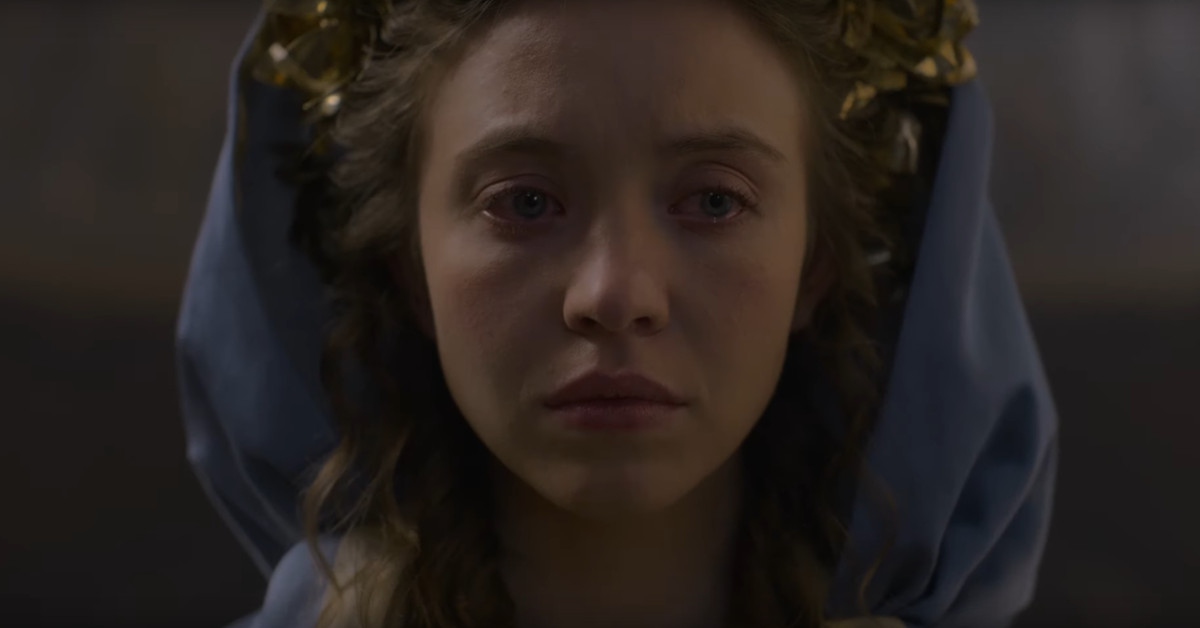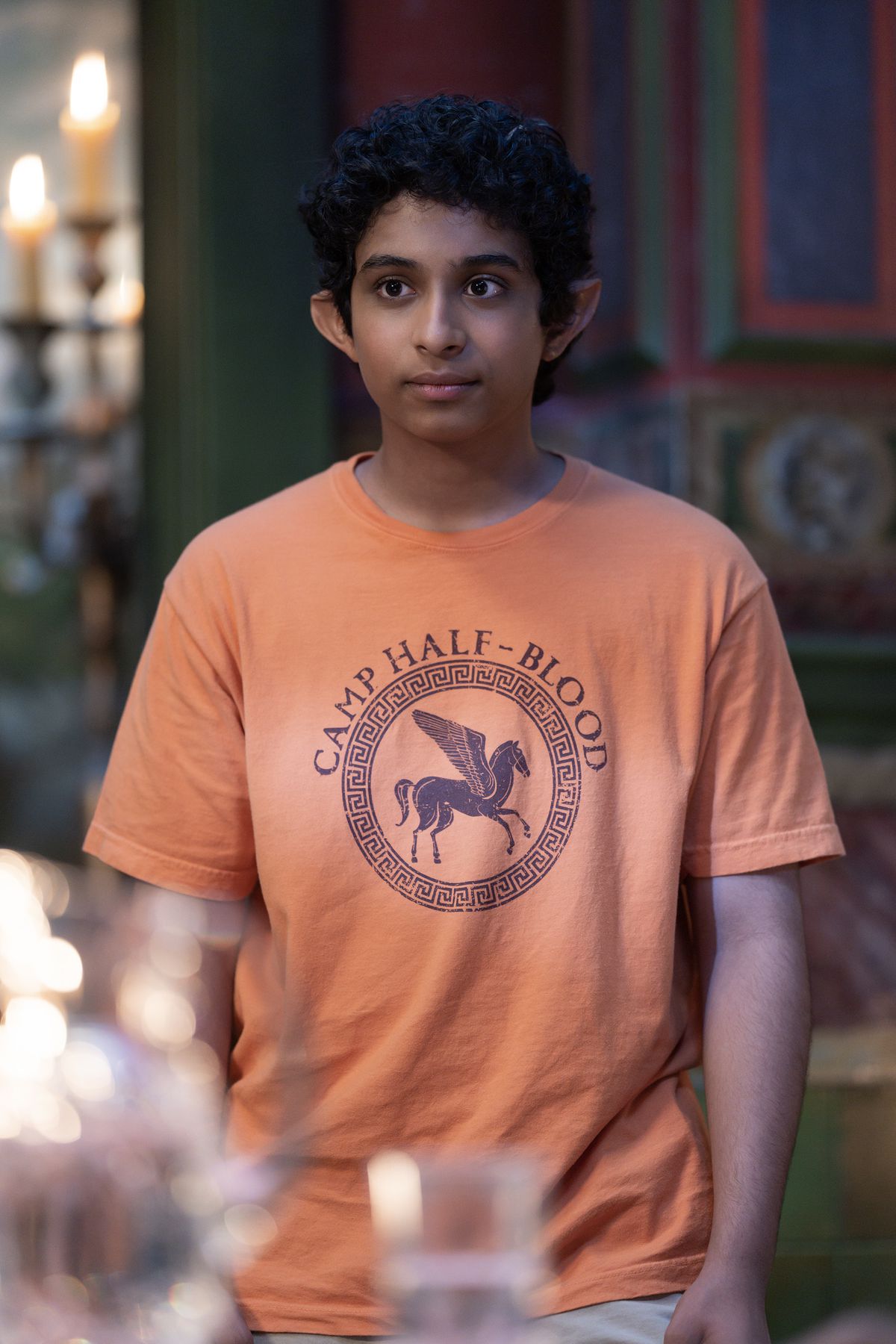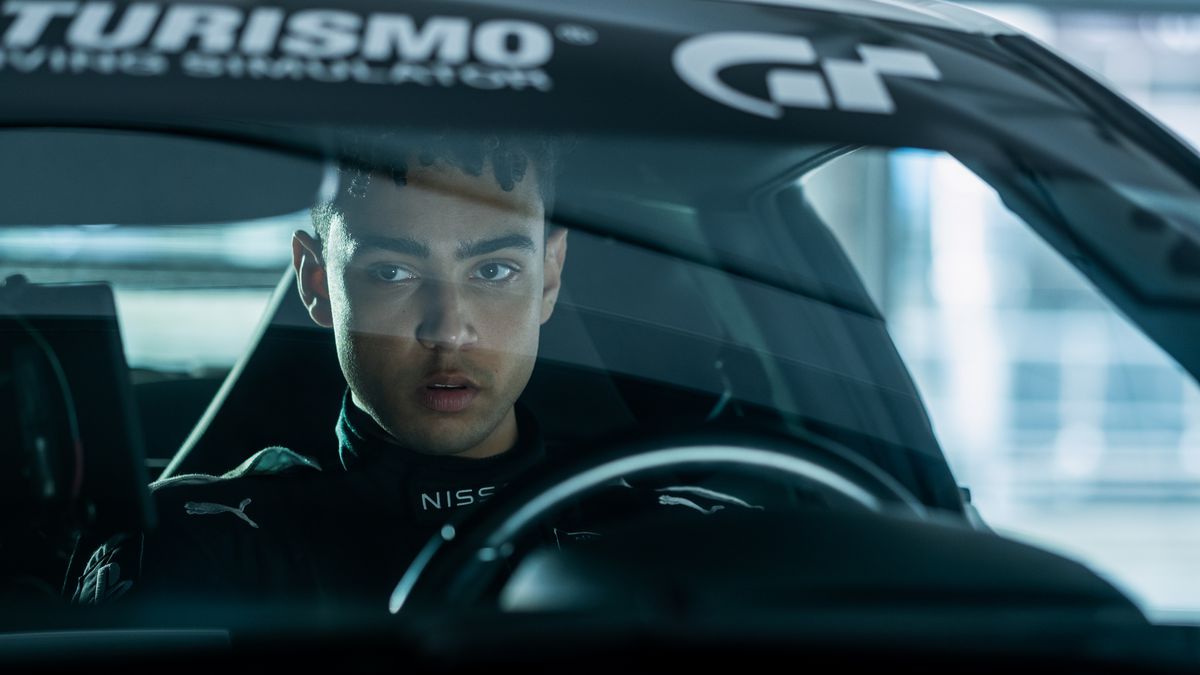When veteran Disney animator and director Eric Goldberg got a chance to work on the studio’s most recent restoration of Cinderella, he had one main goal above all else.
“For many years, Cinderella was not the right colors,” Goldberg laughs. “Her hair [is] dusty blonde, and her dress is silver. And over the years, we’ve seen her hair look the color of Cheez Whiz. We’ve seen her dress be bright blue. We’ve seen all sorts of stuff. So going in, for myself and Michael Giaimo, the very first thing was, Let’s get that hair and dress right.”
Kevin Schaeffer, director of restoration at Walt Disney Studios, doesn’t know the specific reason that the colors in Cinderella have gotten so warped in previous releases of the movie. He explains, though, that while previous restorers all had the best intentions in mind, sometimes the end results drifted from the original colors. It became a cycle.
“People will refer back to the last time that was done. They’re interpreting an interpretation, sometimes of an interpretation,” he says.
With this particular restoration, though, the team was able to access the original 1950 prints of Disney’s Cinderella from the Library of Congress. They weren’t copying a copy of a copy; they were going back to where it all started.
:no_upscale()/cdn.vox-cdn.com/uploads/chorus_asset/file/24869170/image002.jpg)
“Eric brought in some art from the animation research library that said, This is the hair color. This is the mother’s dress,” Schaeffer says. “That really helped us peg that and get it back to what it really should be, and what it originally was.”
The restoration team, which encompassed people across studio operations and the animation department, was determined to get all the little details consistent. Small elements, like the colors of the tiny animals’ clothes and the shapes in the darkness, became a particular focal point. Goldberg recounts Gus-Gus the mouse’s shirt specifically.
“In previous iterations, it was, like, mustard yellow. But in fact, it’s green,” he says. “We brought it back to green. To us [Goldberg and Giaimo], it was very, very important to get back to what Mary Blair intended with all of her wonderful concept art.”
Goldberg adds that Giaimo was really great at working with the dark areas of the film and fixing them “so that you could see a dark against another dark against another dark, rather than it all kind of mushing together and being one flat dark. And he did that in several scenes. That was terrific. It really gave you the sense of depth and lighting that was originally intended.”
:no_upscale()/cdn.vox-cdn.com/uploads/chorus_asset/file/24872834/Screen_Shot_2023_08_25_at_9.28.10_AM.png)
Schaeffer says one of the scenes that particularly stands out as unexpectedly beautiful is Cinderella’s coach ride through town.
“And now with the technology we have available, you actually see the lit coach going through the dark streets of town with the reflection about,” he gushes. “It’s just truly beautiful.”
Going back to the original prints was important to the heart of this restoration, but the advancement in technology also gave it a particular edge. After all, this isn’t the first time Cinderella has been restored, and it likely won’t be the last. Schaeffer and Goldberg hope they have a chance to bring this treatment to other movies in the Disney library, the original Fantasia, Sleeping Beauty, and Alice in Wonderland among them. And then, when they’re done with that?
“I think of it like painting the Golden Gate Bridge,” says Schaeffer. “By the time you get through all the classics, technology has moved far enough where it’s time to go back.”
The restored Cinderella is available to stream on Disney Plus in 4K now. The 4K Blu-ray is also available for purchase on Amazon.








